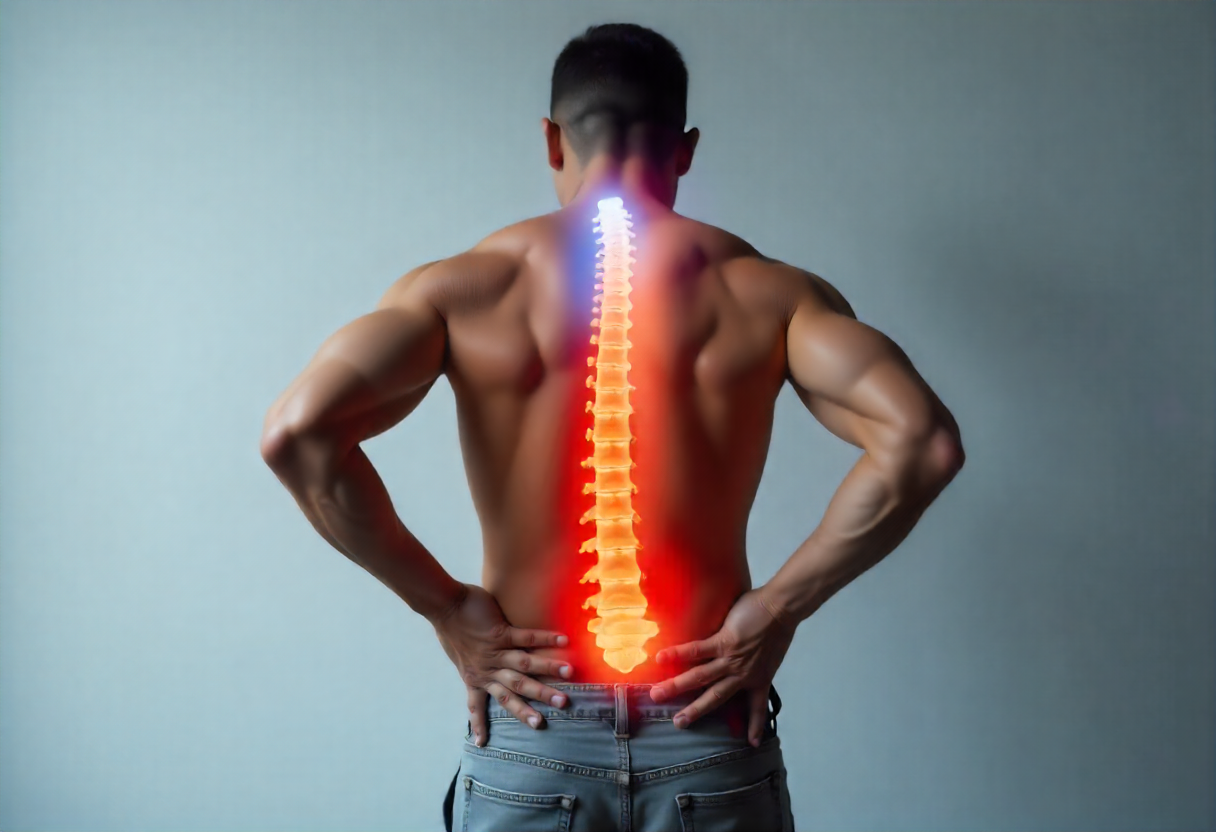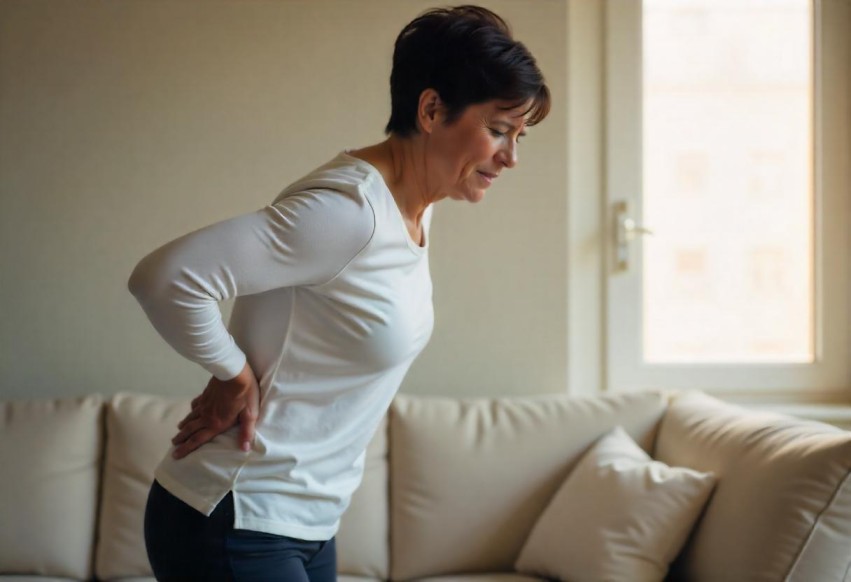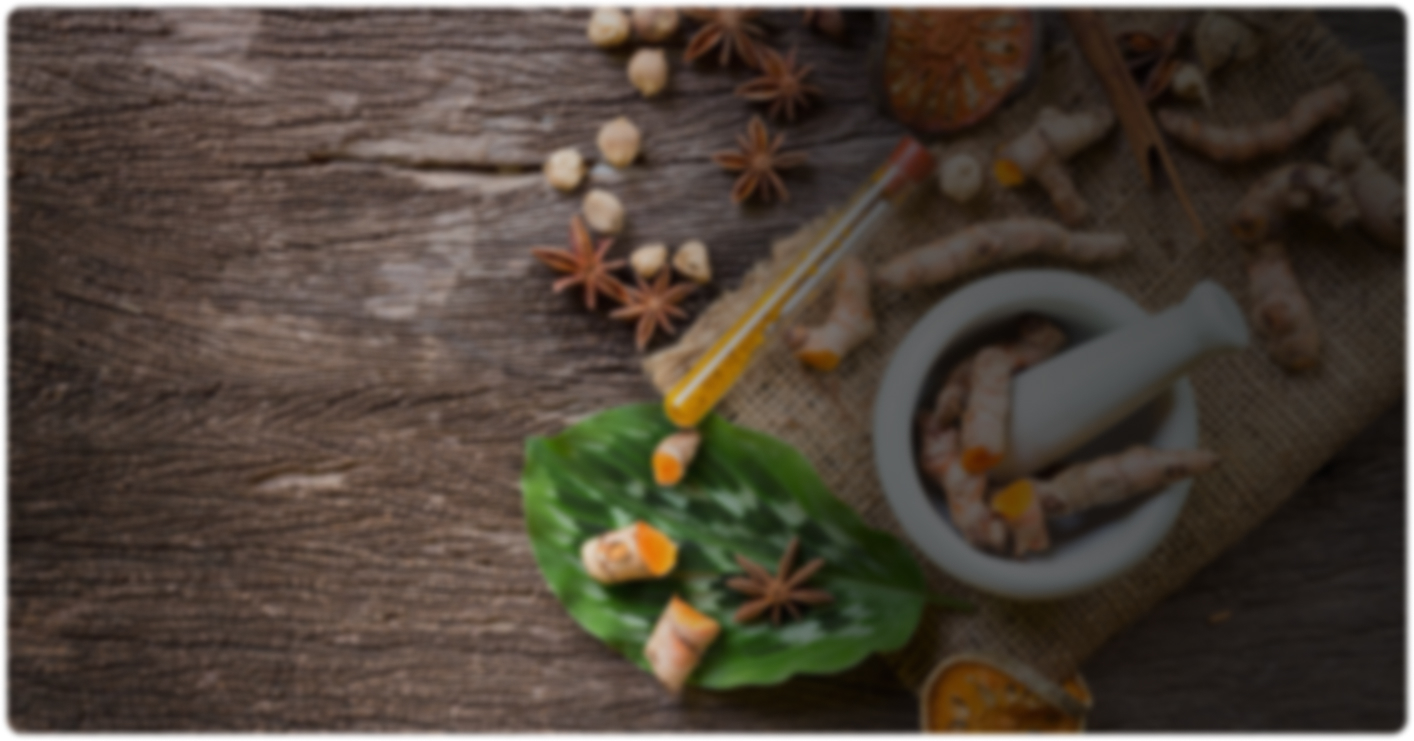
What is Spinal Stenosis?
Spinal stenosis is a condition where the spaces within your spine narrow, putting pressure on your spinal cord and the nerves that branch out from it. This narrowing can cause a lot of symptoms that make it hard for a person to move around and live a good life. It can happen anywhere along the spine, but it usually happens in the neck (cervical stenosis) or lower back (lumbar stenosis). Often associated with age-related wear and tear, spinal stenosis can lead to discomfort, and in more severe cases, debilitating pain, numbness, and weakness.

Heal Spinal Stenosis Naturally With Ayurveda
According to Ayurveda, spinal stenosis is closely associated with an imbalance of the Vata dosha, which controls all bodily movement and stability, including nerve impulses. Dryness, stiffness, and degeneration of the spine can result from an aggravated Vata. This condition arises as a complication of sandhigata vata. The aggravated vata leads to sankocha (narrowing) and swapa (numbness), which are its key manifestations. An Ayurvedic treatment for spinal stenosis in Kerala aims to nourish the joints and tissues, restore balance to the Vata dosha, and enhance the body's natural healing capacity. This holistic approach focuses on treating the underlying cause of the condition in order to provide long-lasting, sustainable relief.
For people with spinal stenosis, Ayur Bethaniya, the leading Ayurvedic hospital in Kerala, provides comprehensive, individualized treatment. Our practitioners believe treating the patient holistically, rather than just their symptoms, is the key to real healing. At Ayur Bethaniya, we begin with a thorough assessment of your lifestyle, the specific causes of your illness, and your individual body constitution (Prakriti). This meticulous approach guarantees that every Ayurvedic treatment for spinal stenosis in Kerala is tailored to the patient, resulting in a more effective and lasting outcome.
Ayur Bethaniya's treatments aim to strengthen the spine, reduce inflammation, and soothe the aggravated Vata dosha. Treatment often involves a combination of external and internal therapies. External therapies that relieve nerve pain and stiffness include Kati Basti, which involves applying a warm, medicated oil to the lower back. Additional therapies like Pinda Sweda, which involves applying heated herbal poultices, and Abhyanga, which involves therapeutic massage, aid in promoting blood circulation and nourishing the spinal tissues.
Moreover, our approach extends beyond medical interventions. We provide complete guidance on diet, stress reduction, and lifestyle changes, all of which are crucial for long-term spinal health. By focusing on a patient-centered, root-cause approach, Ayur Bethaniya has earned its reputation as a trusted provider of Ayurvedic treatment for Lumbar Canal Stenosis and other spinal issues. Our commitment to using traditional knowledge to address modern health problems makes us a top choice for anyone looking for comprehensive Ayurvedic treatment for spinal stenosis in Kerala.
Feel free to contact us for your queries regarding Ayurvedic treatment for Spinal Stenosis in Kerala.

